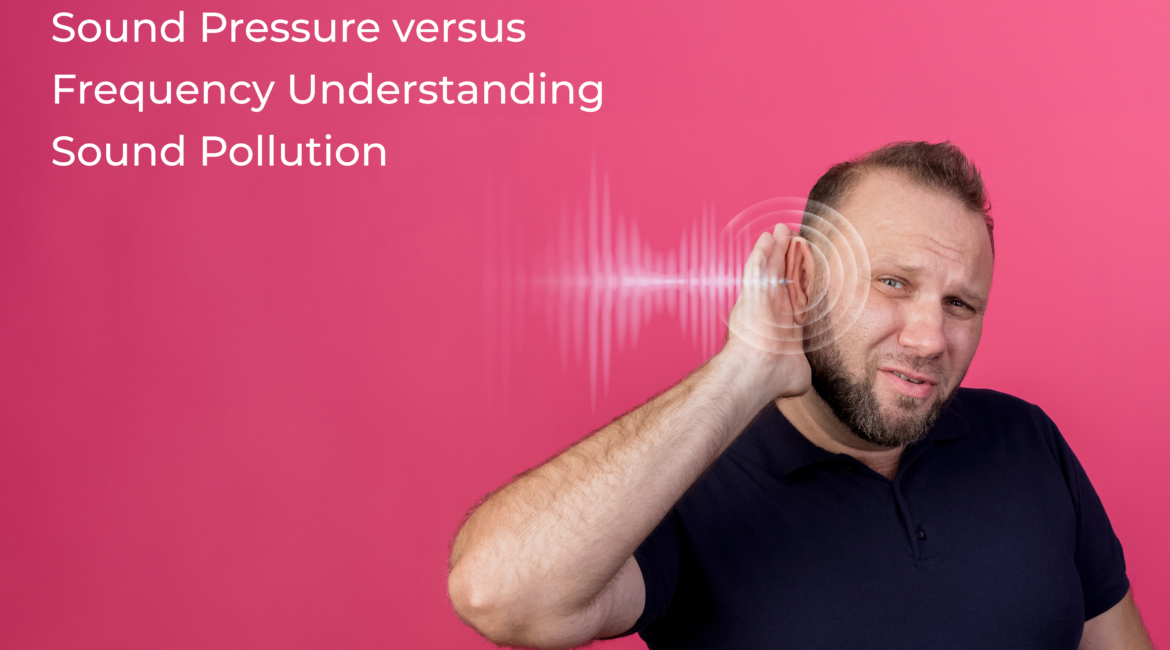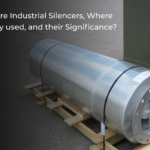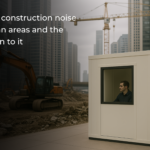Sound pollution is not only about the loud noises you hear. If you want to understand sound pollution in true manner, you should understand the relationship between sound frequency and sound pressure. Sound Frequency refers to the number of vibrations per second and is measured in Hertz (Hz) while sound pressure refers to the intensity or force with which sound waves propagate through a medium. Here is some important information about how these factors relate to sound pollution.
Frequency Range
Humans can detect sounds in a frequency range from about 20 Hz to 20 kHz which is often termed as “the audible spectrum”. Scientists mention the audible spectrum differs with species and some animals can listen to higher or lower sound frequencies in the nature. The peak sensitivity of human ear is around 3,400–4,000 Hz and sounds in this frequency range are generally loud. It also means you will not feel comfortable listening to sounds in this high frequency range.
Sound Pressure Level
You should know sound passes through medium in form of waves and these waves exert some pressure on medium as they travel further. The sound pressure level is measured in decibels which also quantifies the intensity of sound waves. Sound pressure depends on various factors like particle velocity that is directly dependent on the sound frequency. The sound pressure level is highest near the source and the pressure decreases as sound travels further. The range of human hearing is from 0 dB to 120-140 dB, which is the pain threshold. Research indicates prolonged exposure to sounds above 85 dB can cause hearing damage.
Ill-effects of Sound Pollution
Besides annoyance, sound pollution also increases health risks. Hence, you should protect yourself from every kind of sound pollution. Sound pollution affect communities and its effect can be clearly seen on urban population. Residential areas near airports, highways, shipyards, ports may experience higher level of sound pollution which will have adverse impact on sleep, quality of life, and overall well-being.
Industrial Noise Pollution – Silent Killer of Serenity
Sound pollution is not limited to urban cities and the ill-effects of noise pollution is experienced by workers of factories where large machines run continuously. Heavy manufacturing industries like automobile assembly and metallurgy can generate noise in the range of 80-115 dB due to the operation of large machinery and manufacturing processes. Factories engaged in light manufacturing like food product packaging also contribute to noise pollution (70-85 dB) due to equipment and machinery. Construction sites also contribute to noise pollution (90-110 dB) due to construction activities and operation of equipment like cranes, bulldozers, and jackhammers that generate noise in this range.
From Noise Pollution to Sound Solutions
Noise Pollution is result of human activities related to modern lifestyle and considered man-made. It has detrimental effects on human health and surrounding environment and you should take concrete steps to reduce noise pollution and implement solutions that can protect you from harm caused by noise pollution. Here we have discussed sound solutions that protect you from ill-effects of noise pollution
Acoustic Enclosures
Noise pollution in factories can be reduced to a certain extent but you cannot get rid of it completely. Acoustic enclosures for Rotary equipment are a perfect solution for factories. These acoustic enclosures are built to cancel noise and vibrations arising from daily operations of an air compressor, turbine, industrial blower or other rotary equipment. They can play an important role in shielding your workers from noise pollution especially those operating machines emitting high decibels with varying frequency and bandwidth. The acoustic enclosures are available in modular form and they come with a pre-fabricated base for fast and easy installation. They have provision for access like doors and also have sealed inlet and outlet to prevent noise leakage.
Acoustic Barriers
Acoustic barriers refer to external structures that are designed to protect inhabitants from noise pollution. When installed they create a hospitable environment to live and work. Acoustic barriers are technically sound and aesthetically pleasing and they are perfect for residential complexes near highways, airports, ports and railway yards.
Now that you know different sound solutions, take a step towards protecting yourself and your community from ill-effects of noise pollution.






